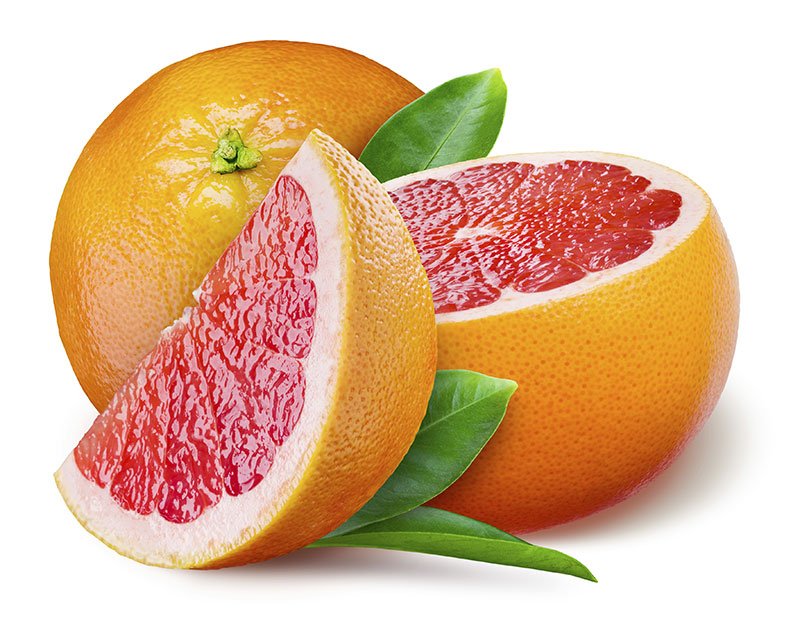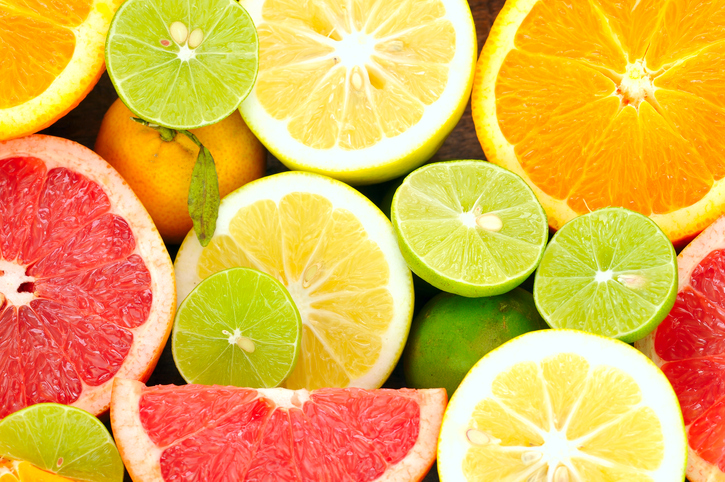Citrus, Grapefruit Pink/Red

Availability:
Year-round
Availability:
| J | F | M | A | M | J | J | A | S | O | N | D |
Notice:
on demand
Receiving/Storage:
Receiving Information: Look for grapefruit with smooth, blemish-free skins. It should be heavy for its size and well-shaped. Grapefruit may exhibit some regreening of the skin; this does not adversely affect internal fruit quality. Pitting of skin; discoloration: This may be an indication of chill injury. To prevent damage from chilling, do not store Grapefruits below 45 degrees F/7 degrees C. Skin deterioration/decay: Exposure to ethylene may accelerate skin deterioration increasing susceptibility to decay. For best quality, keep away from ethylene producing fruits & ripening rooms. Mold: Grapefruit may show signs of mold if exposed to certain fungi and then stored at warm temperatures and high humidity. To prevent mold from spreading, remove affected fruit and handle grapefruit with care to avoid injury. Maintain short-term storage temperature of 45-50 degrees F/7-10 degrees C and a humidity level of 85-95%. Storage/Handling: Store Grapefruits in a well-ventilated area; keep cartons off the floor to prevent boxes from becoming damp. Keep Grapefruits separated from foods that absorb odors such as eggs, apples, cheese, or butter. Temperature/humidity recommendation for short-term storage of 7 days or less: 45-50 degrees F. 85-95% relative humidity.
Description:
There are two main categories of grapefruit: seeded and seedless. TheyÍre also broken into color classifications: white, which has a yellowish-white flesh, and pink, the flesh of which can range from pale yellow-pink to brilliant ruby red. Pink grapefruit has a higher amount of vitamin A than does the white. The skins of all varieties of grapefruit are yellow, some with a pink blush.


